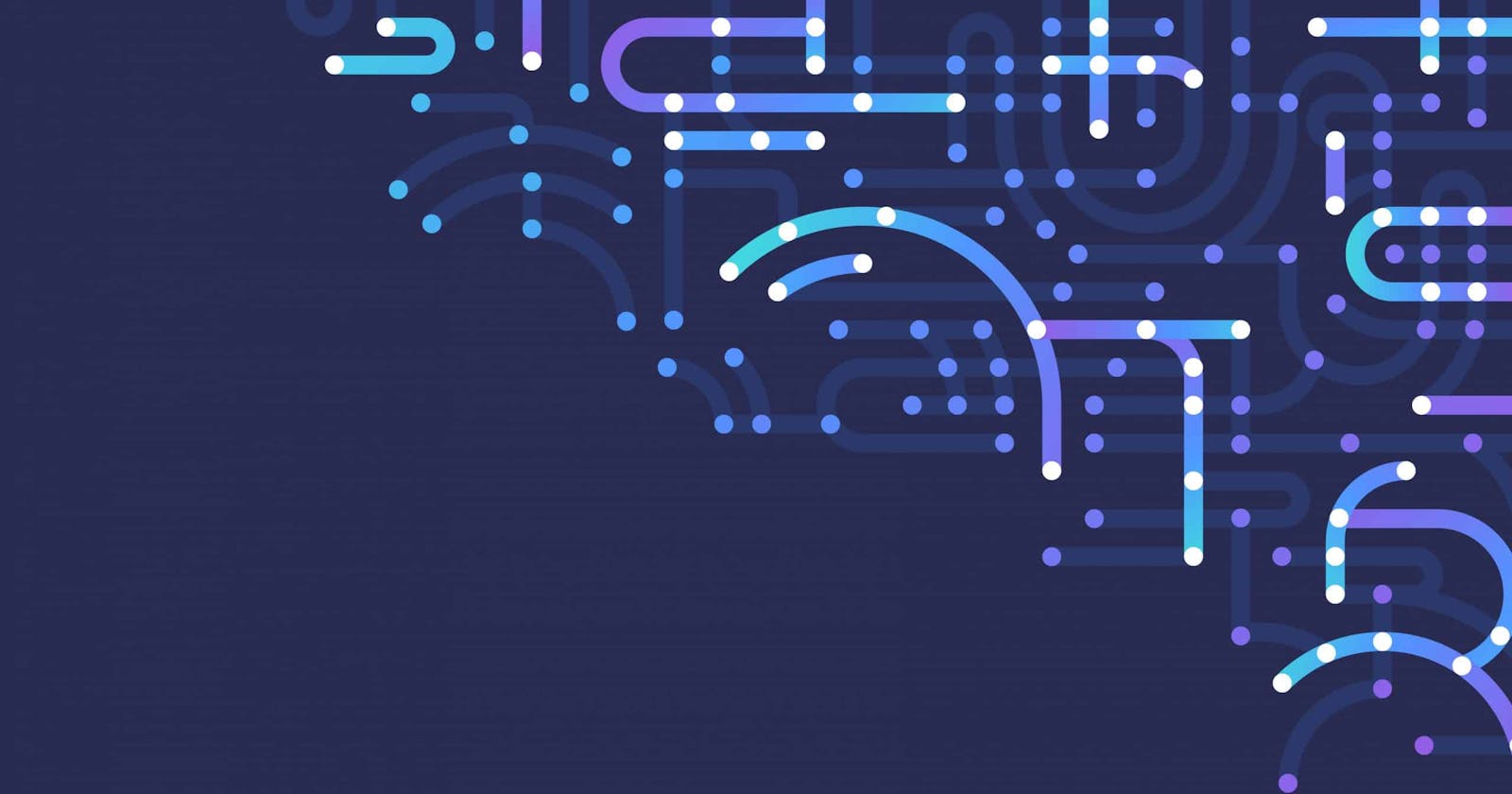Networking forms the backbone of modern communication systems, enabling seamless connectivity across the globe. At the heart of networking lies the OSI (Open Systems Interconnection) model, a conceptual framework that standardizes the functions of a telecommunication or computing system into seven distinct layers. In this blog post, we'll delve into each layer of the OSI model, elucidating its purpose and significance, accompanied by real-world examples.
Layer 1: Physical Layer
The Physical Layer is the lowest layer of the OSI model and deals with the physical transmission of data over the network medium. It encompasses the hardware components and physical characteristics of the network, such as cables, connectors, and signaling.
Example: Ethernet cables (e.g., Cat5e, Cat6) transmit data signals between devices in a local area network (LAN), operating at the Physical Layer.
Layer 2: Data Link Layer
The Data Link Layer establishes and terminates connections between adjacent nodes in a network, ensuring reliable data transfer across the physical layer. It also handles error detection and correction.
Example: Ethernet switches operate at the Data Link Layer, facilitating communication between devices within the same LAN segment by forwarding data frames based on MAC (Media Access Control) addresses.
Layer 3: Network Layer
The Network Layer is responsible for routing packets from the source to the destination across multiple network nodes. It determines the optimal path for data transmission, considering factors like network topology and congestion.
Example: Internet Protocol (IP) operates at the Network Layer, providing addressing and routing functionalities to enable global communication between devices connected to different networks.
Layer 4: Transport Layer
The Transport Layer ensures end-to-end delivery of data between hosts, offering services like segmentation, error recovery, and flow control. It establishes connections, maintains their state, and regulates the flow of data.
Example: Transmission Control Protocol (TCP) operates at the Transport Layer, providing reliable, connection-oriented communication between applications, such as web browsing and file transfer.
Layer 5: Session Layer
The Session Layer manages the establishment, maintenance, and termination of sessions between applications. It facilitates dialogue control and synchronization, enabling reliable communication between processes.
Example: Remote Procedure Call (RPC) protocols, like ONC RPC, operate at the Session Layer, allowing distributed applications to communicate seamlessly across a network.
Layer 6: Presentation Layer
The Presentation Layer is responsible for data translation, encryption, and compression, ensuring that data exchanged between applications is in a format that they can understand. It abstracts the complexities of data formats and representations.
Example: Secure Sockets Layer (SSL) and Transport Layer Security (TLS) protocols operate at the Presentation Layer, encrypting and decrypting data to provide secure communication over the internet.
Layer 7: Application Layer
The Application Layer represents the interface between the network and the user, providing network services directly to applications. It includes protocols for tasks such as file transfer, email, and remote login.
Example: Hypertext Transfer Protocol (HTTP) operates at the Application Layer, enabling the exchange of hypertext documents (web pages) between web servers and clients, facilitating the World Wide Web.
